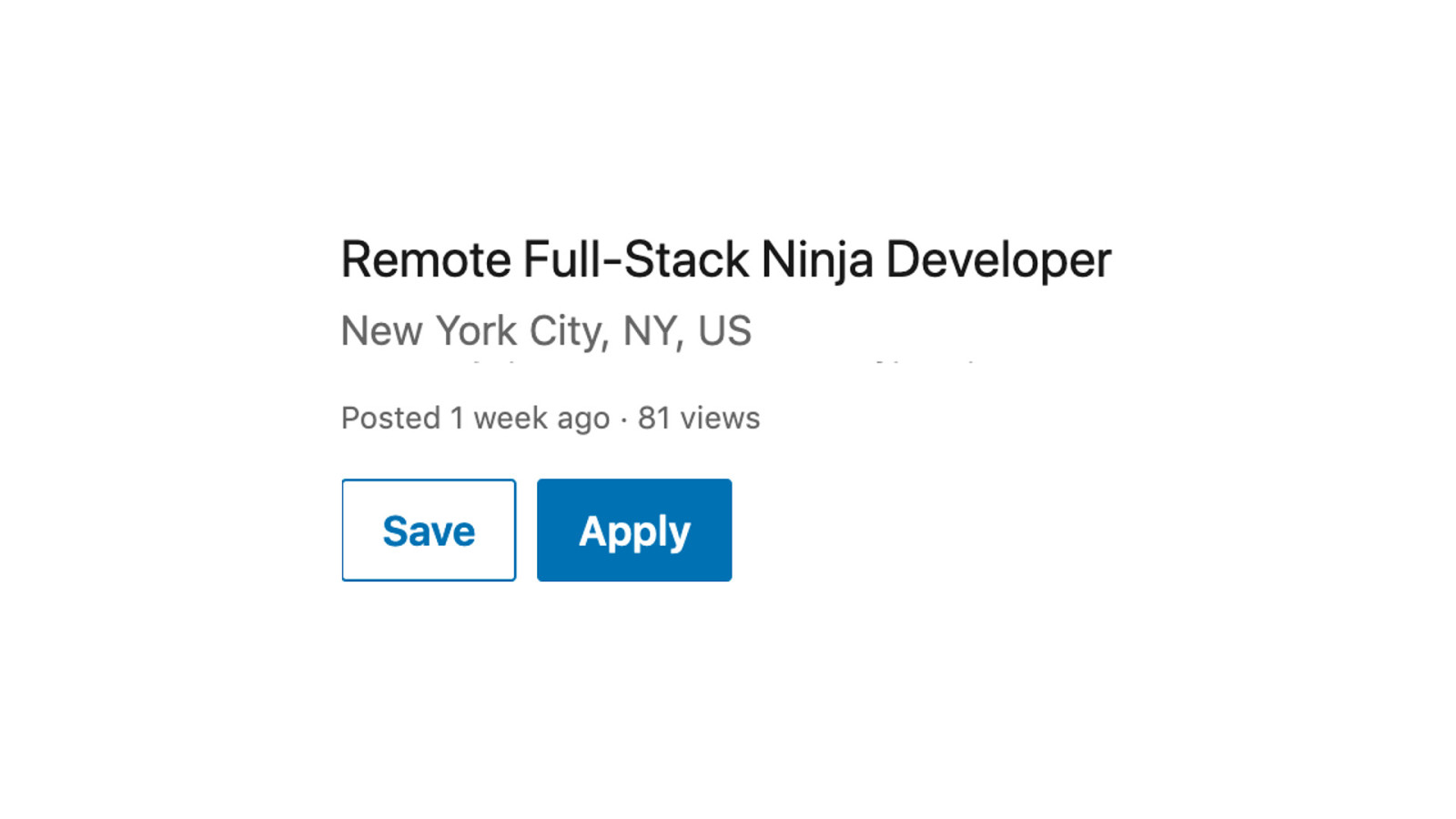make it boring jsconf us 2019 :: @malchata :: jeremy.codes
Hi, my name is Jeremy Wagner. I’m a web performance consultant, and a sort of general web tinkerer. I’d love to thank the organizers for such a great opportunity, and you, for your willingness to listen to this talk. I hope you like it.






















































